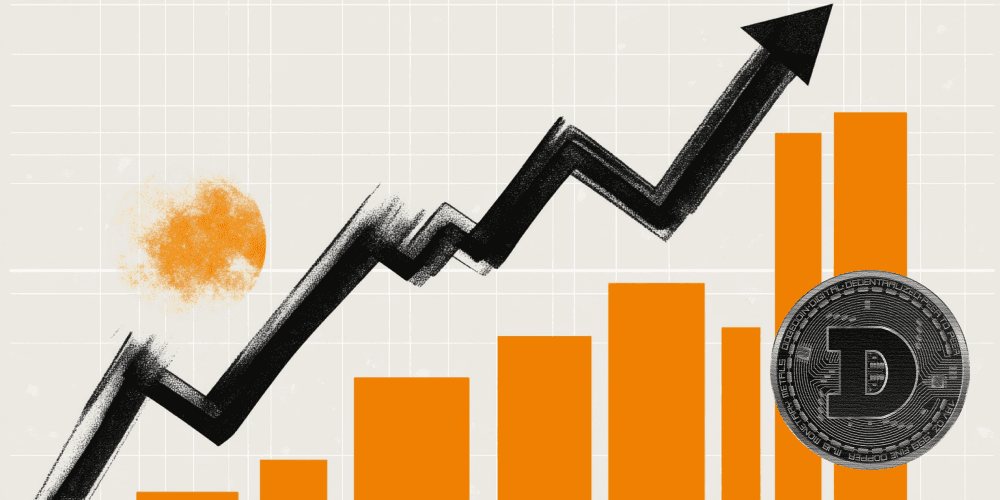EUR/GBP hovers near 1.0850 as reciprocal tariff threats from US weigh on market sentiment
- EUR/GBP could lose ground as the Trump administration is advancing a plan for reciprocal tariffs.
- The Eurozone faces the risk of reciprocal tariffs since it imposes a 10% duty on US automobile imports.
- The British Pound may struggle following dovish remarks from BoE’s Catherine Mann.

EUR/GBP remains steady after losses in the previous session, hovering around 0.8330 during early European trading hours on Wednesday. Market participants are exercising caution ahead of the release of the US Consumer Price Index (CPI) inflation data later in the day.
The EUR/GBP cross moves little as risk aversion is rising amid escalating geopolitical tensions in the Middle East. Israeli Prime Minister Benjamin Netanyahu warned late Tuesday that the ceasefire would end, and Israel would resume "intense fighting" in Gaza if Hamas does not release hostages by Saturday noon, according to the BBC. Earlier, US President Donald Trump urged Israel to break the ceasefire if hostages were not returned by the weekend.
The Euro may face downside risks as the Eurozone is particularly exposed to potential reciprocal tariffs. Currently, it imposes a 10% tariff on US automobile imports while its own car exports to the United States (US) are subject to only a 2.5% tariff.
Trump administration is advancing an executive action plan to implement reciprocal tariffs, bypassing Congress. The initiative aims to match or exceed tariffs imposed on US exports by other countries and may also address non-tariff barriers such as foreign subsidies, taxes, and regulations. According to the Wall Street Journal, this move could lead to higher US tariffs on goods from Japan, the EU, and China.
EUR/GBP cross could weaken further as the Pound Sterling (GBP) faces headwinds following dovish remarks from Bank of England (BoE) Monetary Policy Committee (MPC) member Catherine Mann. In a Tuesday interview with the Financial Times (FT), Mann indicated a shift in her policy stance, citing significantly weaker demand conditions. She expressed confidence that inflation would align with the BoE’s 2% target later this year while highlighting a “non-linear” decline in employment.
Tariffs FAQs
Tariffs are customs duties levied on certain merchandise imports or a category of products. Tariffs are designed to help local producers and manufacturers be more competitive in the market by providing a price advantage over similar goods that can be imported. Tariffs are widely used as tools of protectionism, along with trade barriers and import quotas.
Although tariffs and taxes both generate government revenue to fund public goods and services, they have several distinctions. Tariffs are prepaid at the port of entry, while taxes are paid at the time of purchase. Taxes are imposed on individual taxpayers and businesses, while tariffs are paid by importers.
There are two schools of thought among economists regarding the usage of tariffs. While some argue that tariffs are necessary to protect domestic industries and address trade imbalances, others see them as a harmful tool that could potentially drive prices higher over the long term and lead to a damaging trade war by encouraging tit-for-tat tariffs.
During the run-up to the presidential election in November 2024, Donald Trump made it clear that he intends to use tariffs to support the US economy and American producers. In 2024, Mexico, China and Canada accounted for 42% of total US imports. In this period, Mexico stood out as the top exporter with $466.6 billion, according to the US Census Bureau. Hence, Trump wants to focus on these three nations when imposing tariffs. He also plans to use the revenue generated through tariffs to lower personal income taxes.
Author

Akhtar Faruqui
FXStreet
Akhtar Faruqui is a Forex Analyst based in New Delhi, India. With a keen eye for market trends and a passion for dissecting complex financial dynamics, he is dedicated to delivering accurate and insightful Forex news and analysis.

















